Sansevieria Lilliput
Sansevieria Lilliput, commonly known as Lilliput Snake Plant or Dwarf Snake Plant, is a compact and charming cultivar of the Sansevieria genus. This variety is particularly admired for its small size and unique leaf structure, making it an excellent choice for indoor gardening, particularly in smaller spaces.
Key Characteristics:
- Scientific Name: Sansevieria Lilliput
- Common Name: Lilliput Snake Plant, Dwarf Snake Plant
- Family: Asparagaceae
- Type: Succulent, perennial plant
Appearance:
- Shape:
- The plant has a compact, rosette form with short, upright leaves that grow in a fan-like arrangement. It typically reaches heights of 6-12 inches (15-30 cm), making it one of the smaller Sansevieria varieties.
- Leaves:
- The leaves are slender, sword-shaped, and have a distinctive mottled green pattern. They are often adorned with subtle variegation, featuring lighter green or yellowish edges, which adds to its visual appeal.
- Growth Habit:
- Sansevieria Lilliput is a slow-growing plant that may produce offsets (pups) over time. These pups can be separated and propagated to create new plants.
Growing Conditions:
- Light:
- This snake plant prefers bright, indirect light but can tolerate low light conditions. However, prolonged exposure to direct sunlight may cause leaf burn. Indoors, placing it near a window with filtered light is ideal.
- Soil:
- Well-draining soil is essential for this plant. A cactus or succulent mix works best, or you can create your own by mixing regular potting soil with sand or perlite to ensure good drainage.
- Watering:
- Water the plant thoroughly but allow the soil to dry out completely between waterings. Overwatering is the most common issue with snake plants, leading to root rot. In winter, reduce watering as the plant goes dormant.
- Temperature:
- Sansevieria Lilliput thrives in temperatures ranging from 60-80°F (16-27°C). It can tolerate occasional cooler temperatures but should be protected from frost.
- Humidity:
- This plant adapts well to average household humidity levels and can tolerate dry conditions.
Care and Maintenance:
- Fertilization:
- Fertilize during the growing season (spring and summer) with a balanced, diluted fertilizer designed for houseplants or succulents. Fertilizing once a month is usually sufficient, with no fertilization needed in the fall and winter.
- Pruning:
- Pruning is generally unnecessary, but you can remove any dead or damaged leaves to maintain a tidy appearance.
- Propagation:
- Sansevieria Lilliput can be propagated through leaf cuttings or by separating offsets. Allow cuttings to callous for a few days before planting them in well-draining soil.
Special Considerations:
- Toxicity:
- Like other Sansevieria species, Lilliput contains saponins, which can be toxic if ingested. Keep the plant out of reach of pets and children.
- Pest Resistance:
- This plant is relatively pest-resistant but may occasionally attract mealybugs or spider mites. Regular inspections can help catch infestations early, and treatments can be applied as needed.
Aesthetic and Ornamental Value:
- Indoor Plant: Sansevieria Lilliput is an excellent choice for tabletops, desks, or small spaces, adding a touch of greenery without requiring much room. Its unique form and attractive leaves make it a popular decorative plant.
Summary:
Sansevieria Lilliput is a delightful, low-maintenance succulent that offers a compact size and attractive foliage, making it perfect for indoor gardening. With its ability to thrive in various light conditions and minimal care requirements, it is an excellent choice for beginners and experienced plant enthusiasts alike. Just be mindful of its toxicity to pets and children, and enjoy its beauty in your home!

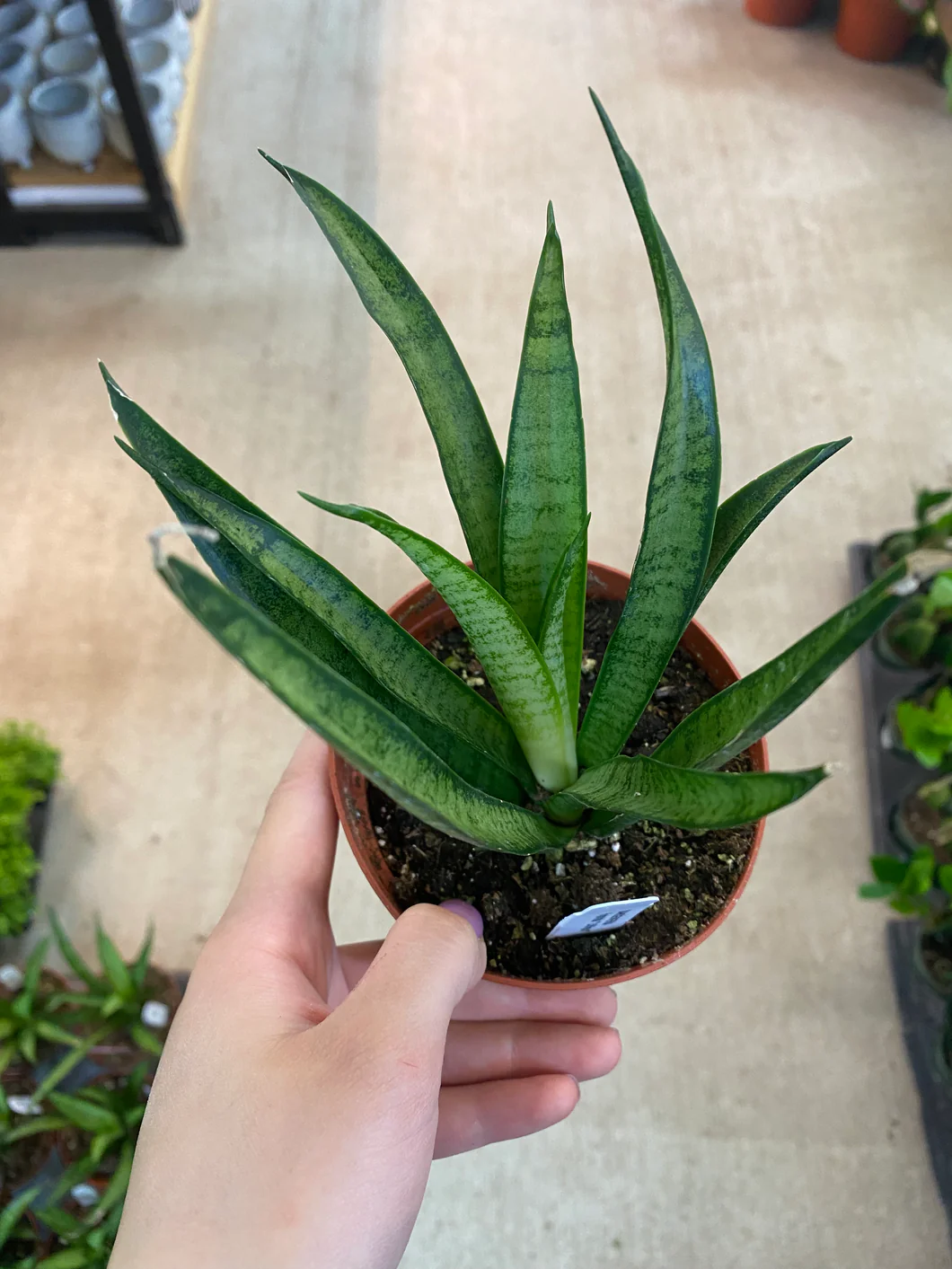
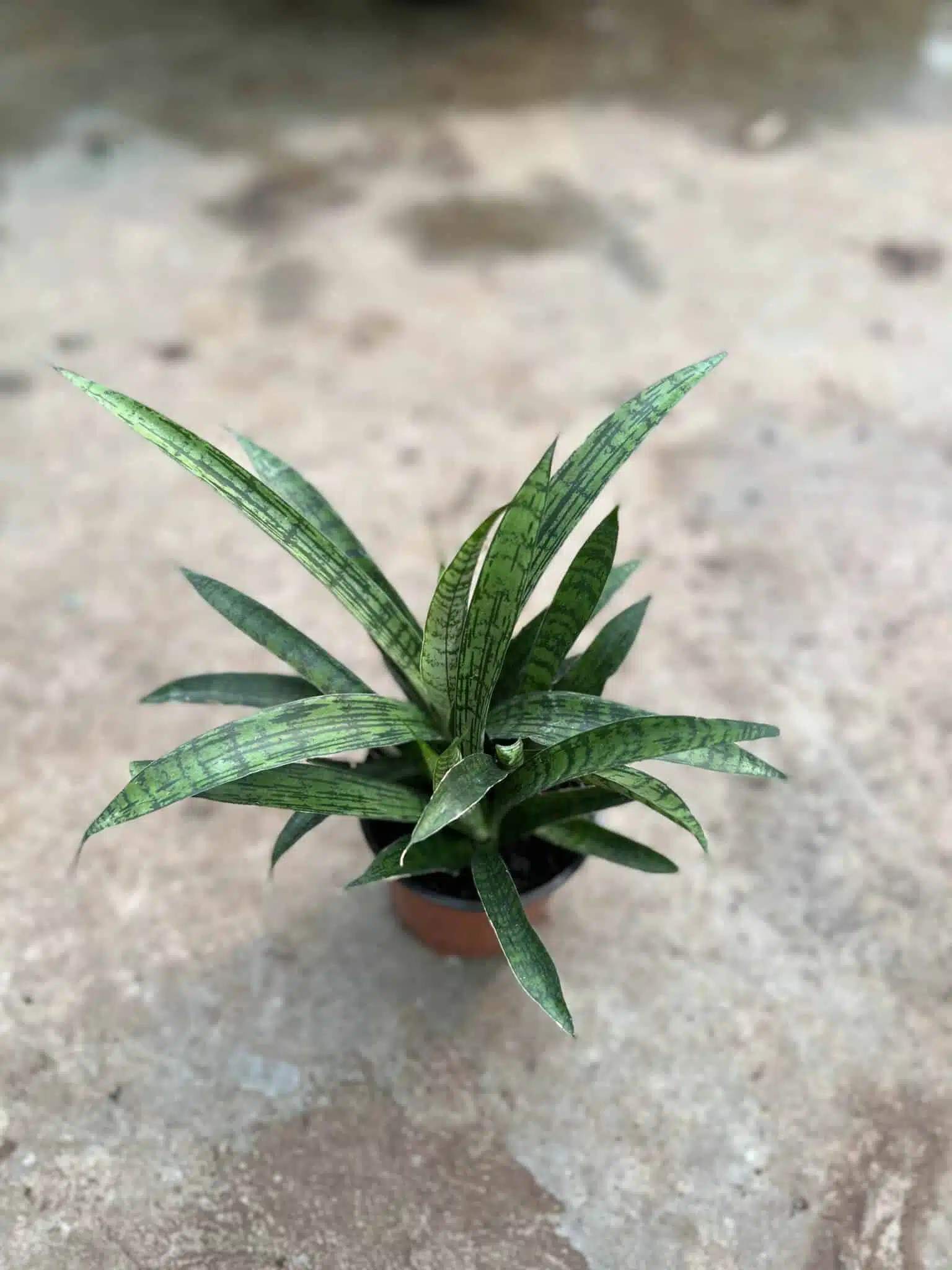
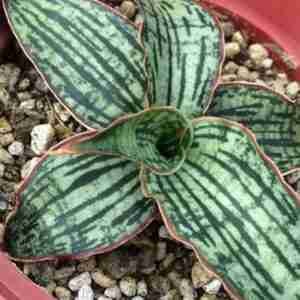
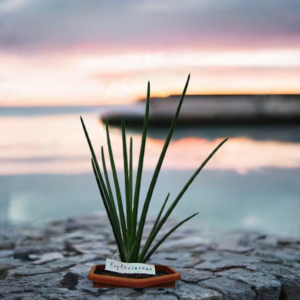
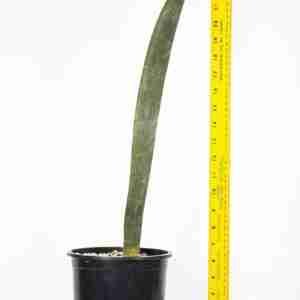
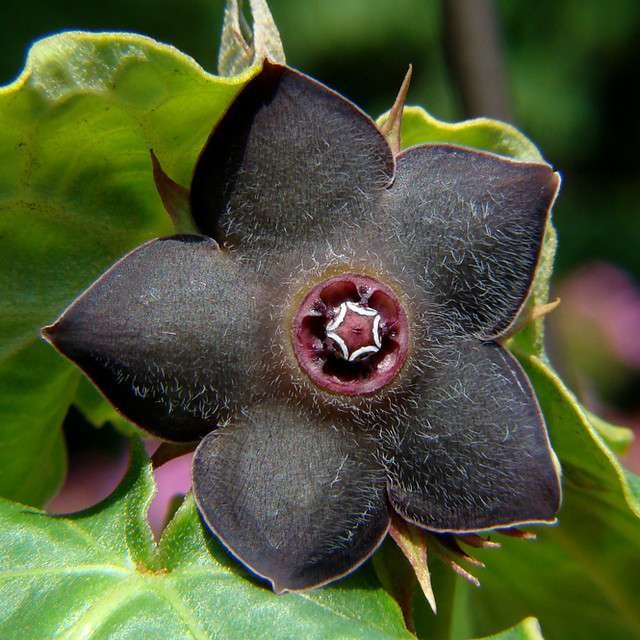
Reviews
There are no reviews yet.